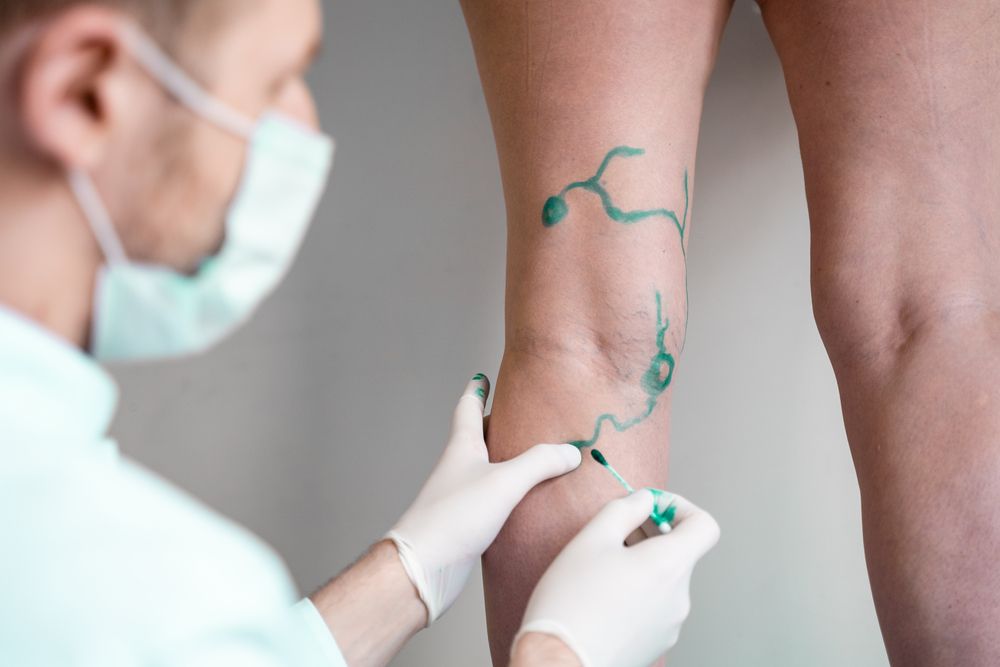Vascular Surgery in Dubai is a localized, abnormal dilation of a blood vessel, typically occurring in arteries, due to a weakness in the vessel wall. Aneurysms can occur in various locations within the body, with the most common types being abdominal aortic aneurysms (AAA) and thoracic aortic aneurysms (TAA). If left untreated, an aneurysm can rupture, leading to life-threatening internal bleeding. This article explores the causes, symptoms, diagnosis, and treatment options for aneurysms, focusing on the repair procedures available in vascular surgery.
What is an Aneurysm?
Definition and Types of Aneurysms
An aneurysm is defined as a bulge or ballooning in the wall of a blood vessel. Aneurysms can be classified based on their location:
- Abdominal Aortic Aneurysm (AAA): This type occurs in the abdominal aorta, the largest artery in the abdomen.
- Thoracic Aortic Aneurysm (TAA): This type occurs in the portion of the aorta running through the chest.
- Cerebral Aneurysm: Aneurysms that occur in the brain can lead to subarachnoid hemorrhage if ruptured.
Prevalence and Risk Factors
Aneurysms are relatively common, with a significant number of individuals affected. According to estimates, approximately 200,000 cases of AAA are diagnosed each year in the United States. Various risk factors contribute to the development of aneurysms, including:
- Age: Aneurysms are more prevalent in older adults, particularly those over 65.
- Gender: Men are more likely to develop aneurysms than women, especially AAA.
- Family History: A family history of aneurysms increases an individual's risk.
- Hypertension: High blood pressure places added stress on blood vessel walls, contributing to aneurysm formation.
- Atherosclerosis: The buildup of plaque in the arteries can weaken vessel walls, leading to aneurysms.
Symptoms of Aneurysms
Common Symptoms
Aneurysms can often remain asymptomatic until they reach a critical size or rupture. However, some common symptoms may include:
- Abdominal Aortic Aneurysm (AAA): Individuals may experience a pulsating sensation near the navel, deep, constant pain in the abdomen or on the side of the abdomen, and back pain.
- Thoracic Aortic Aneurysm (TAA): Symptoms may include chest pain, difficulty breathing, and a persistent cough.
Symptoms of Rupture
If an aneurysm ruptures, it can lead to life-threatening internal bleeding. Symptoms of a ruptured aneurysm may include:
- Sudden, severe pain: A sudden, intense pain in the abdomen or chest, often described as the worst pain ever experienced.
- Hypotension: Rapid drop in blood pressure, leading to fainting or shock.
- Signs of internal bleeding: Symptoms such as clammy skin, rapid heart rate, and confusion.
Diagnosis of Aneurysms
Physical Examination
The diagnosis of an aneurysm typically begins with a physical examination. Healthcare providers may palpate the abdomen to assess for any pulsatile masses, especially in cases of AAA.
Imaging Tests
Various imaging techniques may be employed to confirm the diagnosis of an aneurysm and evaluate its size and location:
- Ultrasound: This non-invasive test is commonly used to diagnose AAA, providing clear images of the abdominal aorta.
- CT Scan: Computed tomography (CT) scans offer detailed cross-sectional images of the aorta and can accurately measure the size of the aneurysm.
- MRI: Magnetic resonance imaging (MRI) may be used for thoracic aneurysms, providing detailed images of the aorta and surrounding structures.
Treatment Options for Aneurysms
Observation
For small, asymptomatic aneurysms, careful monitoring may be recommended. Regular imaging tests are performed to track the aneurysm's size and growth rate. If the aneurysm remains stable, intervention may not be necessary.
Medications
While medications cannot repair an aneurysm, they may be prescribed to manage associated risk factors. Common medications include:
- Antihypertensive Agents: Medications to control blood pressure can reduce the stress on blood vessel walls.
- Cholesterol-Lowering Medications: Statins may help manage cholesterol levels, reducing the risk of atherosclerosis.
Surgical Repair
When an aneurysm reaches a significant size or shows signs of growth, surgical intervention may be necessary. There are two primary methods for aneurysm repair:
1. Open Surgical Repair
Open surgical repair involves a large incision in the abdomen or chest to directly access the aneurysm. The surgeon removes the damaged section of the artery and replaces it with a synthetic graft or a section of the patient’s own blood vessel. This method is effective for large or complex aneurysms and typically requires a longer recovery time.
2. Endovascular Aneurysm Repair (EVAR)
Endovascular repair is a minimally invasive technique performed through small incisions in the groin. A stent-graft is inserted into the aorta and positioned at the site of the aneurysm. This graft reinforces the weakened area, allowing blood to flow through the graft instead of the aneurysm. EVAR generally involves a shorter recovery time and less postoperative pain compared to open surgery.
Post-Surgical Care and Recovery
Recovery from Aneurysm Repair
Recovery from aneurysm repair varies based on the type of surgery performed. Patients undergoing open surgical repair may require several days in the hospital, while those who undergo EVAR may be discharged sooner. Common post-surgical care includes:
- Monitoring: Patients are monitored for signs of complications, such as infection or graft failure.
- Pain Management: Pain relief measures will be implemented to ensure comfort during recovery.
- Gradual Resumption of Activities: Patients are typically encouraged to gradually resume normal activities, with specific restrictions based on the type of surgery.
Follow-Up Care
Follow-up appointments are essential to monitor healing and ensure the success of the repair. Imaging tests may be performed to assess the graft and check for any complications.
Conclusion
Aneurysms are serious vascular conditions that require timely diagnosis and treatment. Understanding the causes, symptoms, and treatment options available is crucial for effective management. Surgical repair, whether through open surgery or endovascular techniques, plays a vital role in preventing rupture and ensuring patient safety. Individuals at risk for aneurysms should consult a healthcare professional for screening and potential intervention, ensuring timely action and improved vascular health.





Comments